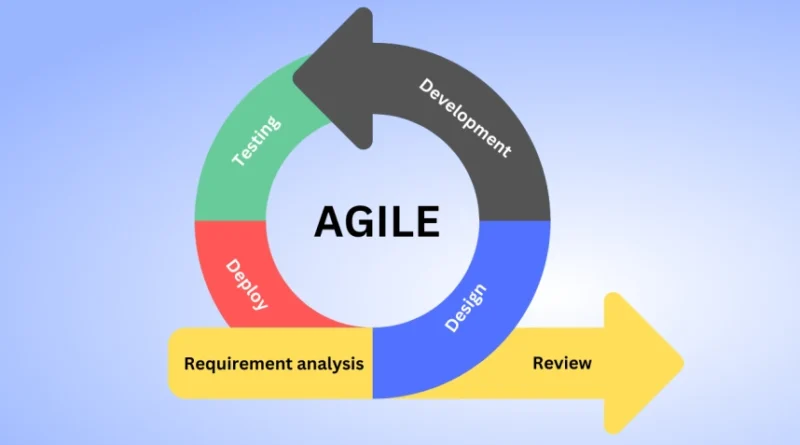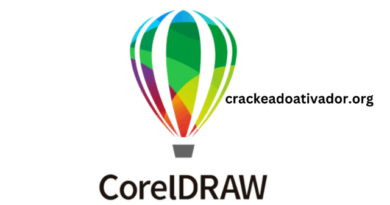From Concept to Launch: Agile Methodologies for SaaS Application Lifecycle
In the rapidly evolving landscape of Software as a Service (SaaS) applications, agility is key to success. Agile methodologies have become the cornerstone of SaaS development, enabling teams to adapt to changing requirements, deliver value incrementally, and accelerate time-to-market. From conceptualization to launch, mastering the Agile development lifecycle is essential for building innovative and competitive SaaS solutions. Let’s explore how Agile methodologies guide each phase of the SaaS application lifecycle, from concept to launch:
- Conceptualization and Ideation: The journey of a SaaS application begins with conceptualization and ideation, where teams brainstorm ideas, define goals, and identify market opportunities. Agile methodologies, such as Scrum or Kanban, facilitate this process by encouraging collaboration, creativity, and iterative refinement of ideas. Cross-functional teams comprising product managers, designers, developers, and stakeholders work together to define the product vision, prioritize features, and create a backlog of user stories. Agile techniques like user story mapping and design thinking help teams gain a deeper understanding of user needs and preferences, ensuring that the product meets customer expectations from the outset.
- Iterative Development and Prototyping: Once the concept is defined, Agile methodologies guide the iterative development and prototyping phase of the SaaS application lifecycle. Agile teams break down the project into smaller, manageable increments called sprints or iterations, typically lasting one to four weeks. During each sprint, teams focus on delivering a potentially shippable product increment, starting with the most valuable and highest-priority features first. Continuous integration and continuous delivery (CI/CD) practices enable teams to deploy and test new features rapidly, gathering feedback from users early and often. Agile ceremonies like daily stand-ups, sprint planning, and sprint reviews help teams stay aligned, identify blockers, and adapt to changing requirements throughout the development process.
- User Feedback and Validation: User feedback and validation are integral parts of the Agile development lifecycle, informing decision-making and driving product improvements. Agile teams leverage techniques like user acceptance testing (UAT), usability testing, and beta testing to gather feedback from real users and validate assumptions. By releasing working software early and frequently, teams can quickly iterate based on user input, address usability issues, and refine features to better align with user needs. Agile principles like transparency, inspection, and adaptation foster a culture of continuous improvement, empowering teams to pivot, iterate, and innovate in response to feedback from users and stakeholders.
- Scaling and Optimization: As the SaaS application evolves, Agile methodologies guide teams in scaling and optimizing the product to meet growing demand and changing market dynamics. Agile scaling frameworks like SAFe (Scaled Agile Framework) or LeSS (Large-Scale Scrum) provide guidance on coordinating multiple Agile teams, aligning objectives, and managing dependencies in large-scale SaaS development initiatives. Agile practices like backlog grooming, release planning, and sprint synchronization help teams maintain alignment, visibility, and velocity across distributed teams and complex projects. By focusing on incremental delivery, continuous improvement, and cross-functional collaboration, Agile teams can effectively scale and optimize SaaS applications to deliver value at scale.
- Deployment and Launch: The deployment and launch phase marks the culmination of the Agile development lifecycle, where teams prepare to release the SaaS application to the market. Agile methodologies emphasize the importance of cross-functional collaboration, automation, and DevOps practices to streamline the deployment process and ensure a smooth launch. Continuous integration and continuous deployment (CI/CD) pipelines automate build, test, and deployment tasks, enabling teams to release new features and updates frequently and reliably. Agile principles like transparency, feedback, and iteration enable teams to monitor the performance of the SaaS application post-launch, gather user feedback, and iterate based on real-world usage and market response.
In conclusion, Agile methodologies provide a robust framework for navigating the SaaS application lifecycle from concept to launch. By embracing Agile principles and practices, teams can foster collaboration, innovation, and adaptability throughout the development process, delivering value to customers and stakeholders incrementally and continuously. Whether you’re building a new SaaS application or enhancing an existing one, mastering the Agile development lifecycle is essential for building competitive, scalable, and customer-centric SaaS solutions in today’s dynamic and competitive marketplace.




